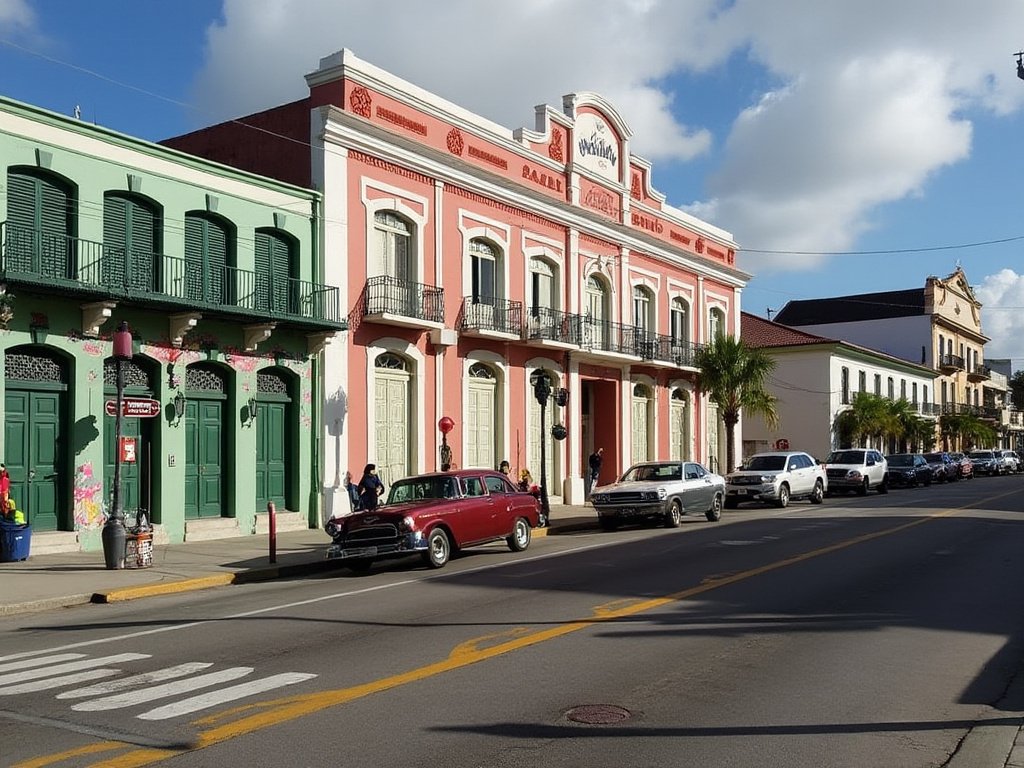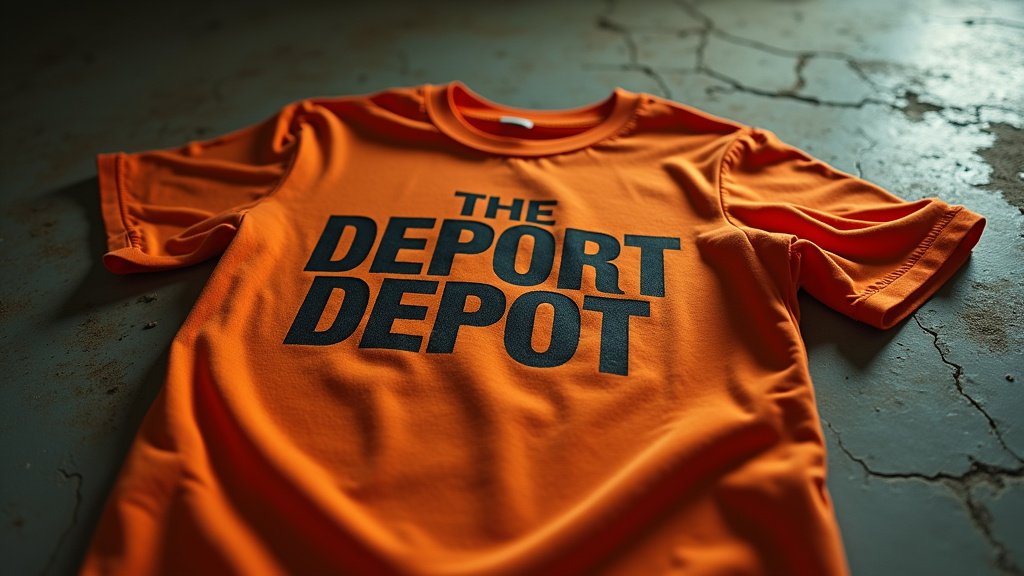Miami is no stranger to being called a cultural melting pot, but one neighborhood stands out as the soul of the city’s vibrant diversity: Little Havana. Nestled just west of downtown Miami, Little Havana is more than a neighborhood—it’s a living, breathing tribute to the resilience, creativity, and spirit of the Cuban people. The neighborhood pulses with the energy of its residents, bustling streets, and colorful traditions, making it an unmissable destination for visitors and a beloved refuge for locals.
A Stroll Through History
Little Havana’s story began in the 1960s when waves of Cuban immigrants settled in the area, fleeing political upheaval back home. Over time, these newcomers transformed the neighborhood into a sanctuary where they could preserve their language, traditions, and way of life. The main artery of Little Havana, Calle Ocho (Southwest 8th Street), quickly became the heartbeat of the community.
Today, the neighborhood stands as a monument to cultural resilience. Its streets are lined with mom-and-pop shops, art galleries, and restaurants that pay homage to Cuba while embracing Miami’s contemporary flair. Beyond its Cuban roots, Little Havana has grown to reflect a tapestry of Latin American influences, with Venezuelan, Nicaraguan, and Dominican cultures also leaving their mark.
The Flavor of Little Havana
Little Havana’s charm lies not only in its history but also in its tantalizing cuisine. Foodies flock here to experience the rich flavors that make the neighborhood a culinary paradise. Cuban coffee is a must-try—bold, sweet, and served in small, punchy shots that locals call “cafecitos.” Stop by any of the numerous ventanitas, or walk-up coffee windows, where baristas serve coffee and pastries with a side of conversation.
For those craving something heartier, Little Havana’s restaurants offer dishes that feel like a warm hug from abuela. A trip to Versailles—dubbed the “world’s most famous Cuban restaurant”—offers the quintessential Cuban dining experience. Dishes like ropa vieja (shredded beef stewed in tomato sauce), lechón asado (roast pork), and picadillo (ground beef hash) are paired with rice, beans, and fried plantains, creating meals that are as comforting as they are flavorful.
Street food is another highlight of Little Havana. Empanadas, croquetas, and guava-filled pastelitos are readily available from food carts or small bakeries. The bustling Domino Park (officially Máximo Gómez Park) is often surrounded by food vendors, adding a lively, aromatic backdrop to the clatter of domino tiles.
Art, Music, and Culture
Little Havana is a feast for the eyes and ears as much as it is for the taste buds. Murals adorn almost every wall, turning the neighborhood into an open-air gallery. These vibrant artworks often depict Cuban icons like Celia Cruz and José Martí, alongside contemporary themes celebrating freedom and community. The famed Calle Ocho Walk of Fame features stars honoring prominent Latin figures, from singers to activists, adding a touch of Hollywood glamor with a Latin twist.
Music is the lifeblood of Little Havana, and nowhere is this more evident than at Ball & Chain. This iconic venue, originally established in the 1930s, has hosted legendary musicians like Billie Holiday and Count Basie. Today, it’s a hotspot for live salsa, jazz, and Cuban son performances. Whether you’re a seasoned dancer or a curious first-timer, the rhythms will pull you onto the floor.
The neighborhood’s cultural institutions further enrich its offerings. The Tower Theater, one of Miami’s oldest cultural landmarks, screens indie films and international cinema, often with a focus on Hispanic filmmakers. Art galleries like Futurama and the Havana Collection showcase works by local and international artists, bridging the past and present with stunning creativity.
A Celebration of Tradition
Festivals are a cornerstone of life in Little Havana, with Calle Ocho Festival reigning supreme. Held every March, this massive street party draws over a million attendees from around the world. The festival is a kaleidoscope of music, food, dance, and art, stretching across 20 blocks of pure celebration. From salsa and merengue stages to food vendors grilling up skewers of meat, the event is an unparalleled showcase of Latin American culture.
Another cherished tradition is Viernes Culturales, or Cultural Fridays, a monthly arts and culture event. Locals and visitors gather on the last Friday of each month to explore art exhibits, enjoy live performances, and shop at craft markets. The event is a perfect introduction to the neighborhood’s creative spirit and a great way to connect with its people.
Beyond the Stereotypes
While Little Havana’s identity is deeply tied to its Cuban heritage, it’s essential to recognize the evolving, multifaceted nature of the community. Gentrification has brought changes, including new businesses and a growing interest from outside investors. While these shifts have sparked debates about preserving the neighborhood’s authenticity, they also highlight the resilience and adaptability of Little Havana’s culture.
Local organizations and residents are actively working to balance growth with preservation. Efforts like the Little Havana Me Importa initiative aim to maintain the neighborhood’s historic charm while supporting its residents and small businesses. Walking tours led by locals offer an intimate look at the area’s history, architecture, and hidden gems, ensuring visitors understand the depth of what they’re experiencing.
Why Little Havana Matters
Little Havana is more than a tourist attraction; it’s a testament to the enduring power of community. In a world where cultures often fade into homogeneity, this vibrant neighborhood stands as a beacon of identity and pride. It’s a place where the aroma of freshly brewed cafecitos mingles with the sounds of bongos and maracas, where every mural tells a story, and every domino player carries the weight of history in their hands.
For Miami, Little Havana is a cultural anchor, a reminder of the city’s immigrant roots and its capacity to welcome and celebrate diversity. For visitors, it’s an invitation to experience life at a different rhythm—one steeped in tradition yet alive with innovation.
Whether you’re savoring a plate of ropa vieja, dancing the night away to live salsa, or simply strolling down Calle Ocho, Little Havana offers a sensory overload that stays with you long after you leave. It’s not just a neighborhood; it’s a celebration of life, culture, and the unbreakable human spirit.
In Miami, there’s always something to discover, but in Little Havana, you’ll find something even more special—a piece of home, no matter where you’re from.





